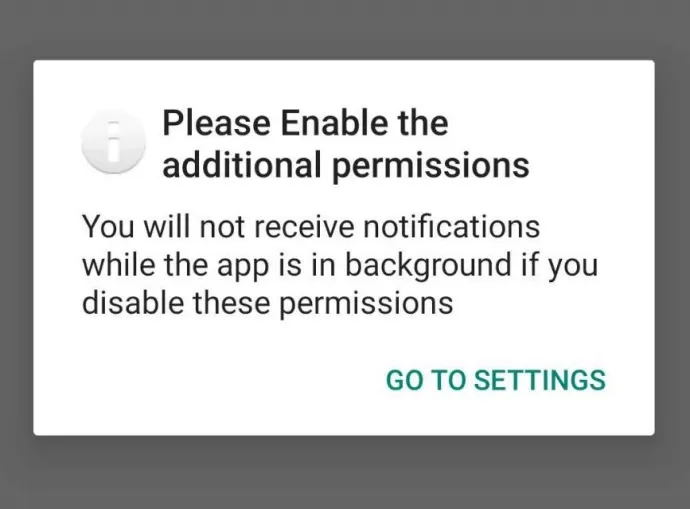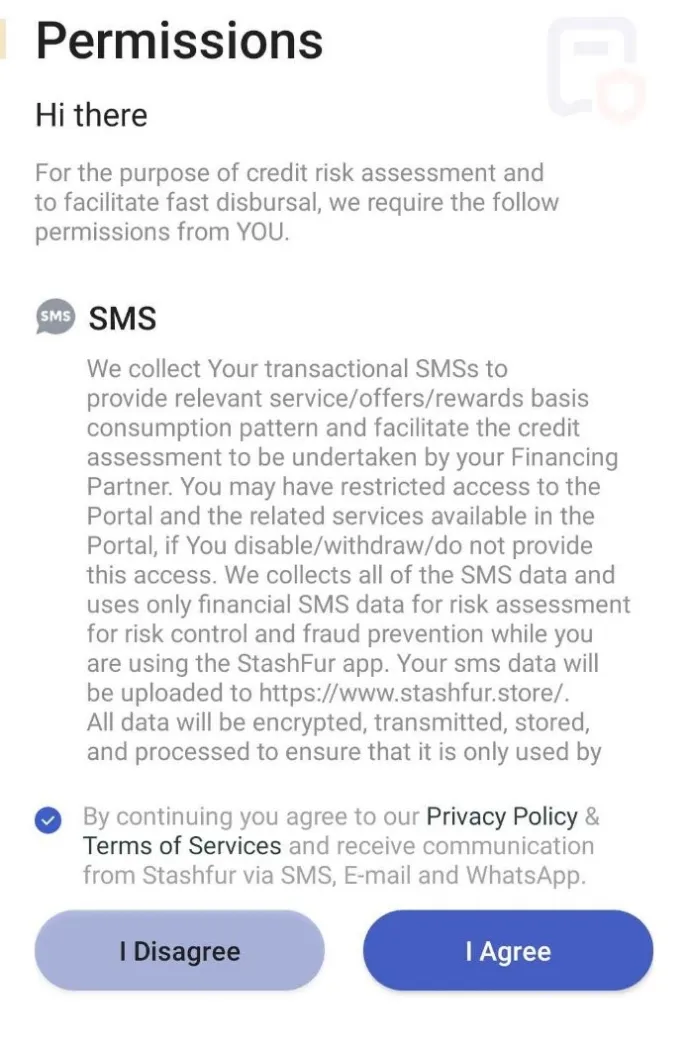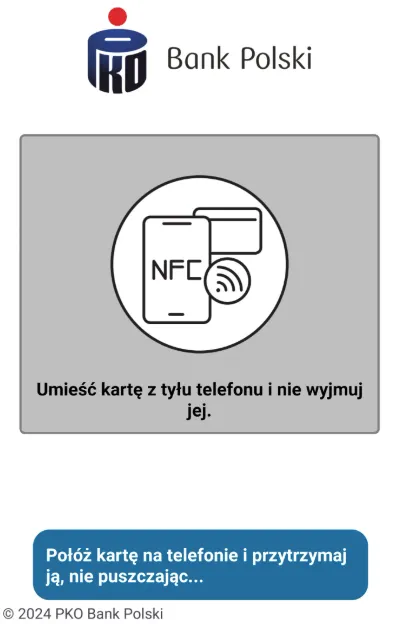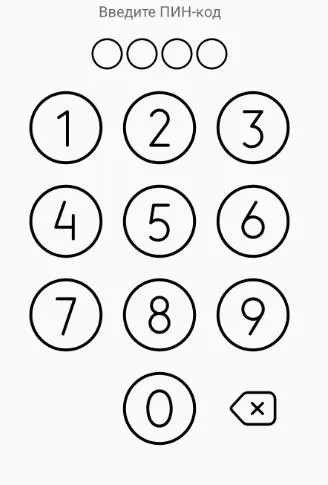When mobile threats turn personal


You’re not just carrying a phone anymore, you’re carrying your identity, your memories, your finances, your secrets. And that’s exactly what cybercriminals are after.
In recent months, mobile threats haven’t just grown. They’ve gotten personal. From intrusive adware hijacking your screen time to spyware designed to blackmail, monitor or steal your crypto keys, and banking trojans that steal your NFC tokens to be used for money withdrawals at ATMs, attackers are escalating their tactics to target the people behind the devices.
Adware once felt like a nuisance. Now, it’s hard to ignore. Attacks rose by 18% in Q1, led by threats like HiddenAds and MobiDash. MobiDash alone jumped 90%, disguising itself, hiding its icon and overwhelming screens with intrusive ads. It’s turning everyday devices into distraction engines.

These aren’t isolated incidents. Users in Brazil, India, Argentina, Mexico and Turkey were hit hardest, with risk ratios rising sharply. Adware’s persistence is less about innovation and more about sheer volume and its impact is felt every time someone’s screen is hijacked by something they never asked for.
While adware dominated in volume, spyware showed the most disturbing evolution. Our telemetry shows a 7% overall increase in mobile spyware detections, but the true story is in where and how it’s spreading.
In Brazil, Spain and Turkey, spyware detections jumped by more than 80%. SpyMax is the primary driver, often hidden in repackaged apps and games. In some cases, it even snuck onto the Play Store. But that was only the beginning.
But these were eclipsed by the emergence of SparkCat, a spyware strain that may mark a turning point in mobile security. Disguised as AI tools and food delivery apps, SparkCat managed to slip into both the Google Play Store and Apple App Store, an extremely rare feat.

Initially benign, the apps later pushed an update containing a stealthy SDK. Once activated, it used optical character recognition (OCR) to scan the screen for crypto wallet recovery phrases, effectively turning mobile screens into leak points for financial keys.
The most alarming part? Evidence suggests SparkCat’s creators compromised the supply chains of legitimate developers to inject their code, without the developers’ knowledge. SparkCat is likely the first true infostealer to operate within the App Store — a milestone we hoped never to reach.
Even more harrowing is the rise of SpyLend, a new variant of the notorious SpyLoans spyware family. Popular in India, it masquerades as a finance calculator on the Play Store. But once installed, it redirects users to an off-platform APK download, bypassing Play Store protections entirely.

From there, the app harvests everything: SMS, call logs, documents, photos and even clipboard content, exposing credit card numbers and passwords. But this isn’t just about data. It’s about control.
Some mobile threats are crossing new lines — misusing personal content and blurring the boundary between digital risk and real-life impact. In rare cases, we’ve seen manipulative tactics like fake images used to pressure or intimidate victims. These threats remind us why strong mobile protections and digital confidence matter more than ever.
At the same time, a shift is underway: some banking trojans now rely on social engineering over technical trickery. Instead of breaking in, they convince users to open the door. It’s a clear signal that awareness and smart defenses are just as critical as detection.

In the ever-evolving mobile banking malware ecosystem, Crocodilus emerges as the novel threat active in Spain and Turkey. Pushing the limits of device control, it abuses accessibility permissions to display fake banking apps overlays and keylogs every input. Not only that, it tricks victims into accessing their crypto wallets, stealing recovery phrases through screen monitoring. It’s part of a disturbing trend: malware that doesn’t just steal, but makes you unwittingly help it do so.

NGate, a pioneer of stealing NFC tokens from victims, strikes again. Victims are faced with a believable copy of their bank’s website, distributed through fake money withdrawal SMS alerts. Once NGate initiates its NFC theft, threat actors must get physically involved to withdraw money from ATMs in the respective country.

Unfortunately, victims have already helped the threat actors by providing their PIN during the infection process, allowing them to proceed with the transaction. Previously targeted at Czech Republic, Slovakia and Hungary, our telemetry shows new variants popping up in Russia and Poland, disguised as government portals and bank apps.
These mobile threats reveal a clear trend: attackers are investing in more personal, persistent and creative ways to reach users. From adware that blurs the line between annoyance and abuse, to spyware capable of bypassing official app store protections, the threat landscape is evolving in both scale and sophistication.
What’s changing isn’t just the threat — it’s how it works. Attackers are tapping into trust, using familiar apps, clever tactics and even legitimate supply chains to get closer to people, not just devices. As mobile becomes the hub of our digital lives, understanding these shifts is just as important as spotting them.
These threats aren’t just technical—they’re personal. They blend into daily routines, using design and deception to stay one step ahead. That’s why staying informed is powerful. It helps you see what’s coming and respond with clarity.
Knowledge is step one. Protection is the difference-maker. The right mobile security tools don’t just detect threats — they anticipate them, block them and help you move forward with confidence. Because digital freedom means knowing you’re covered, no matter how threats evolve.